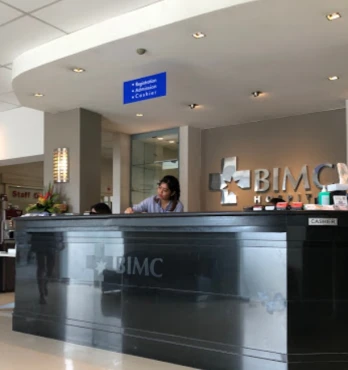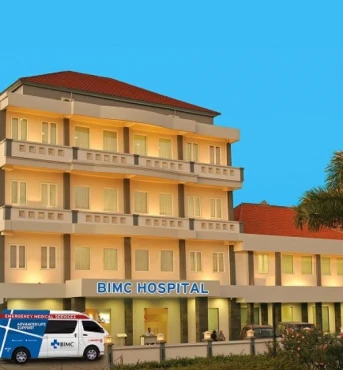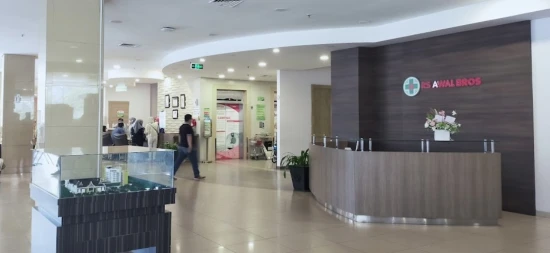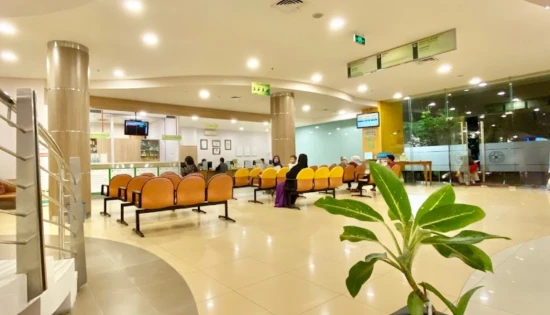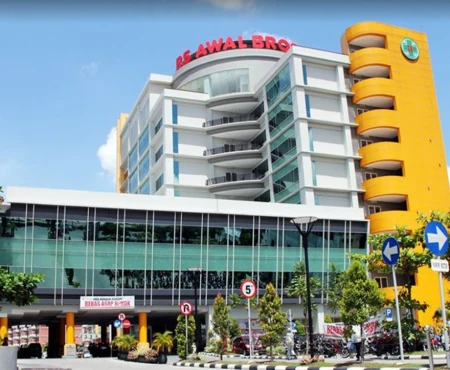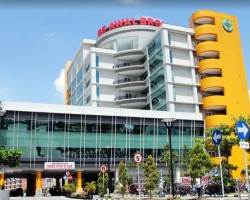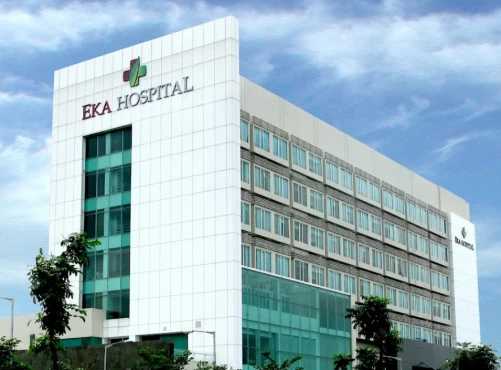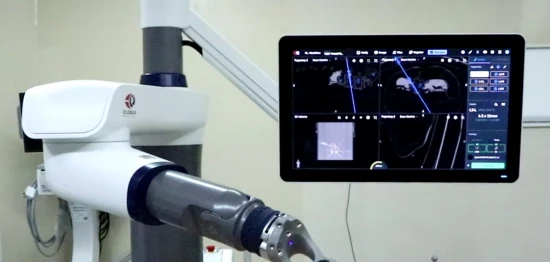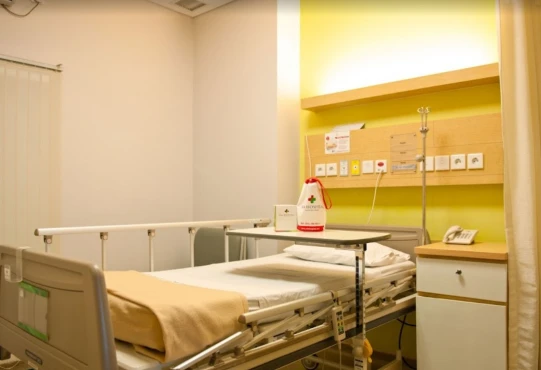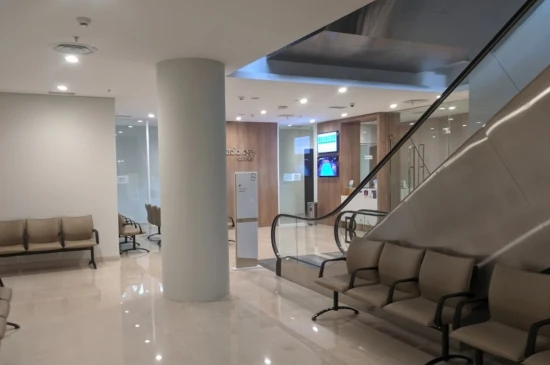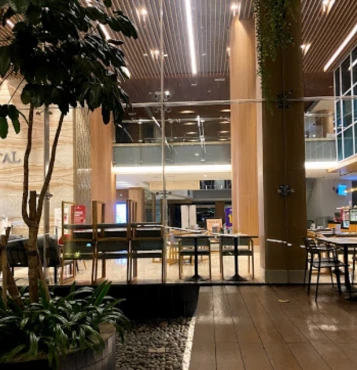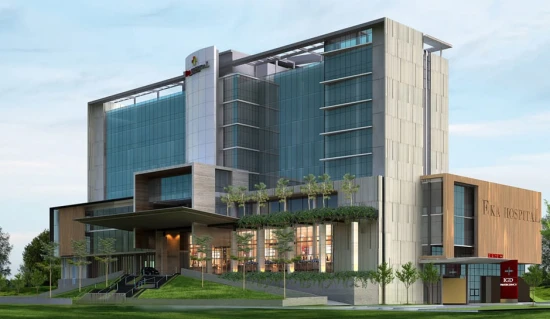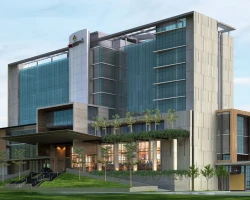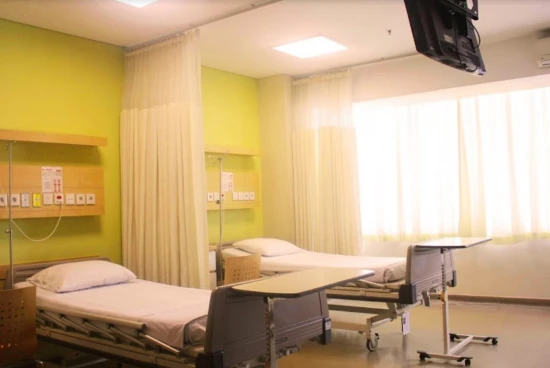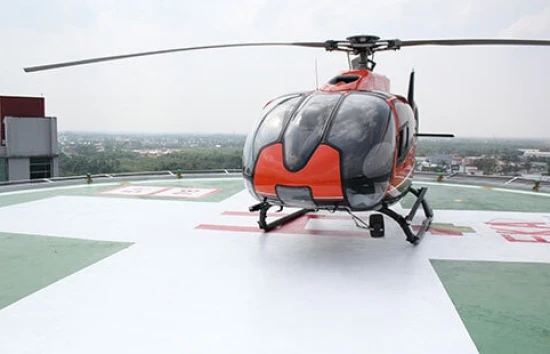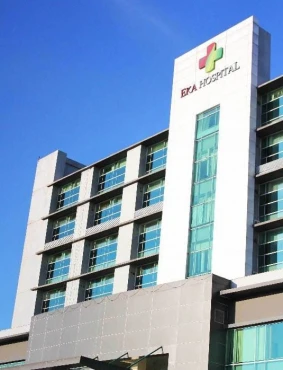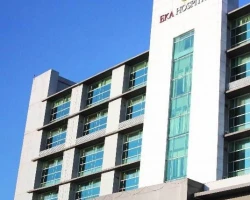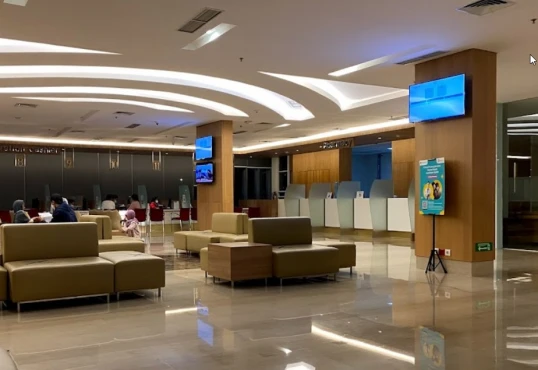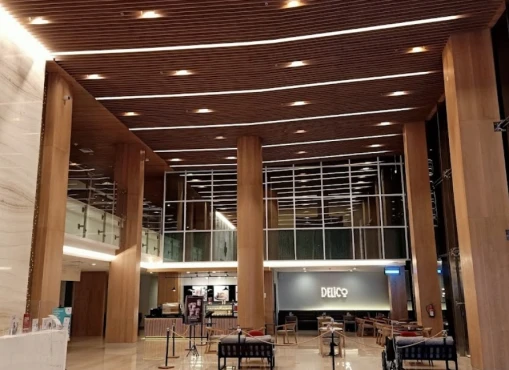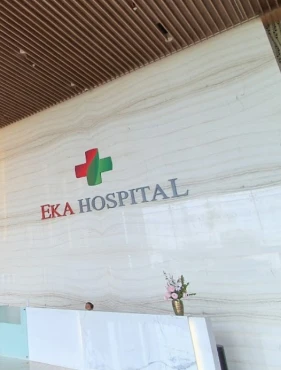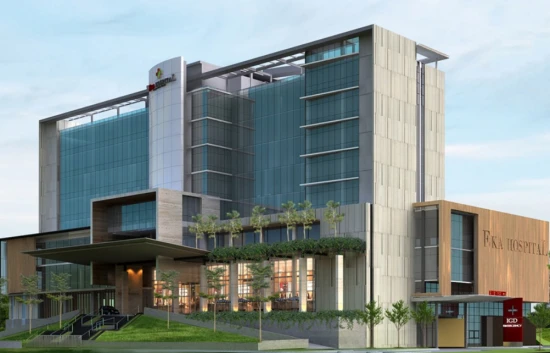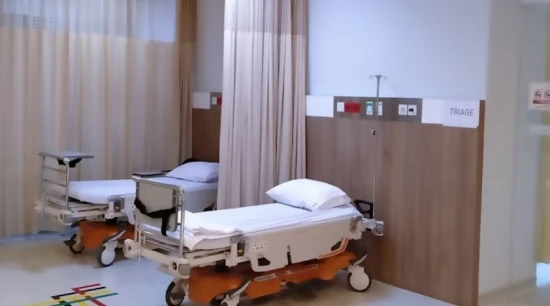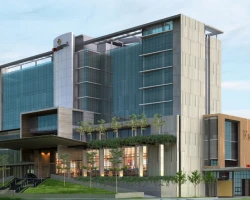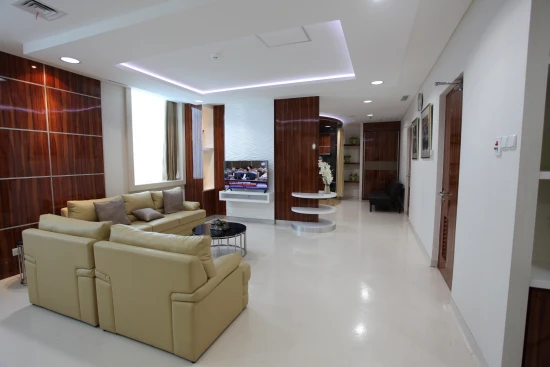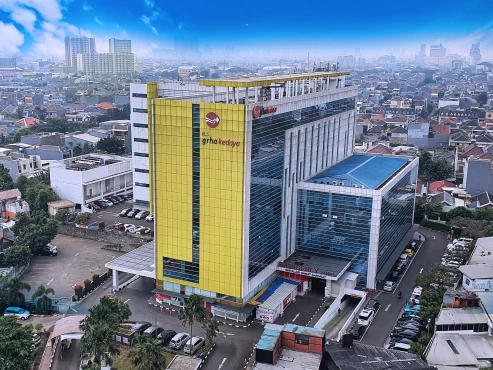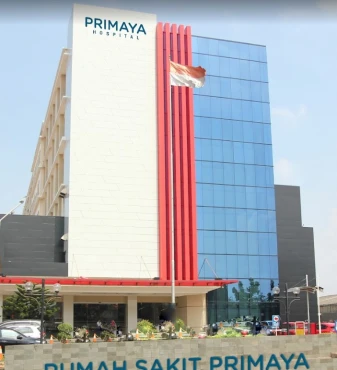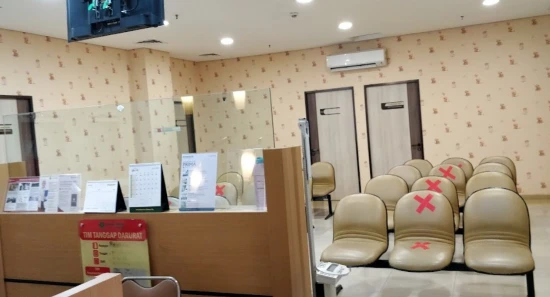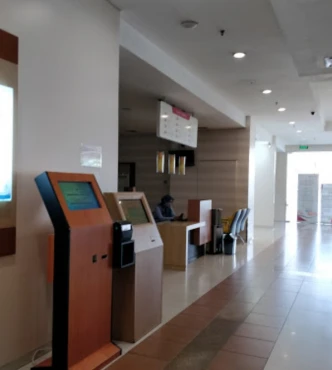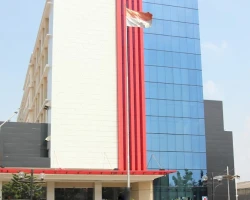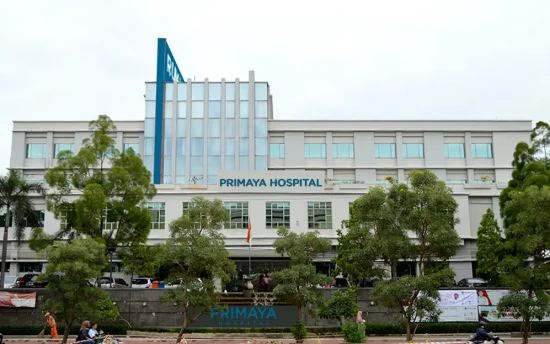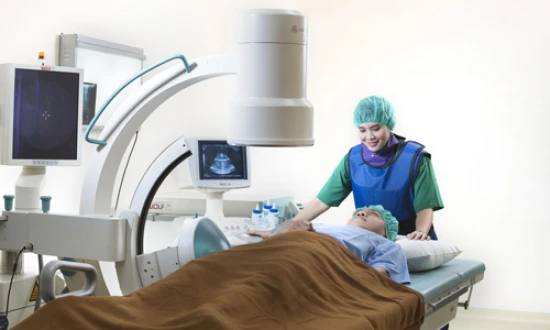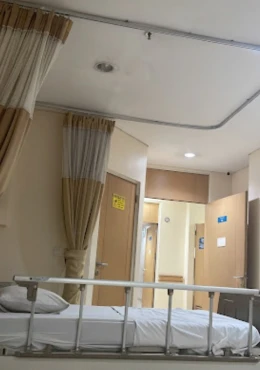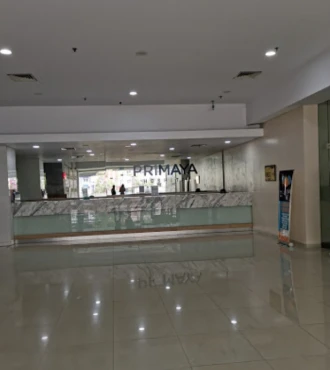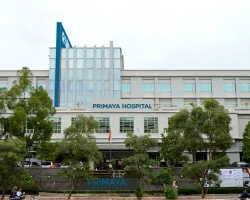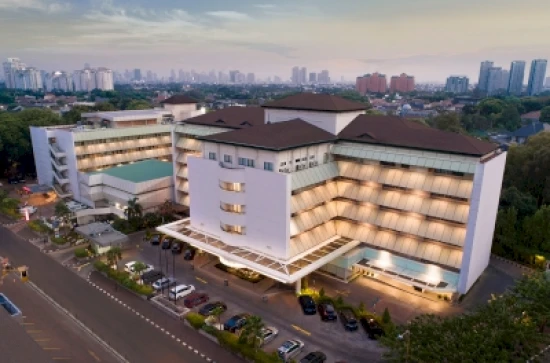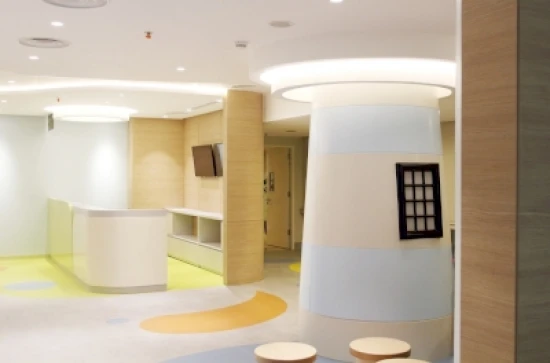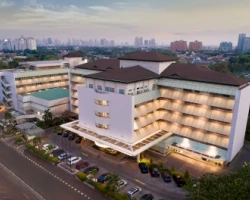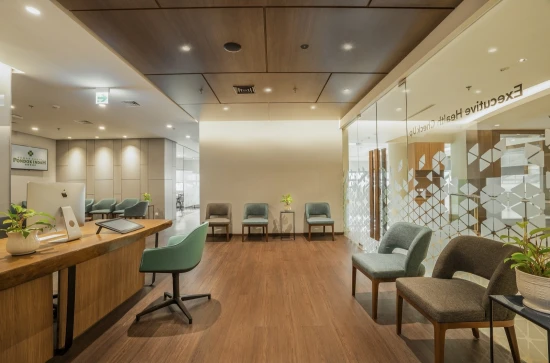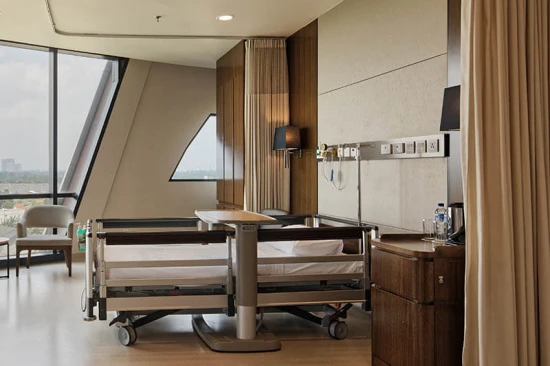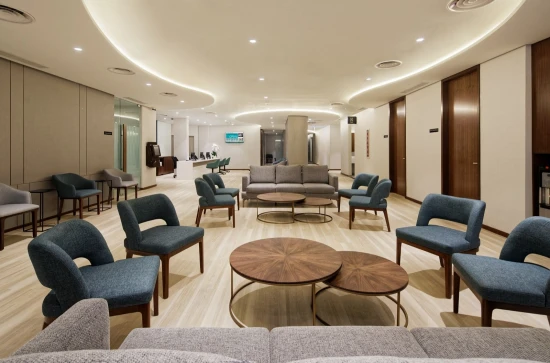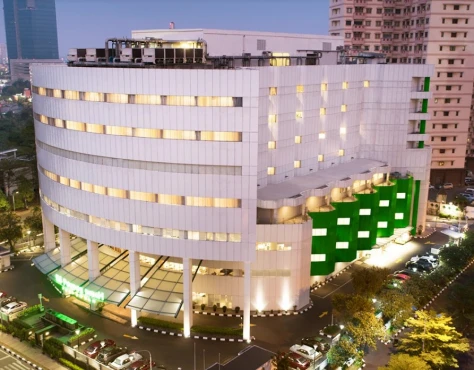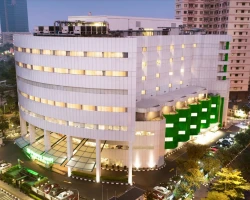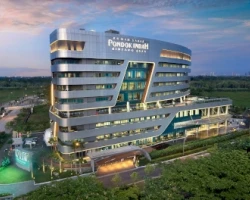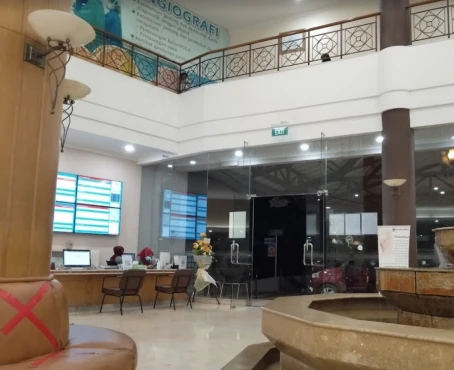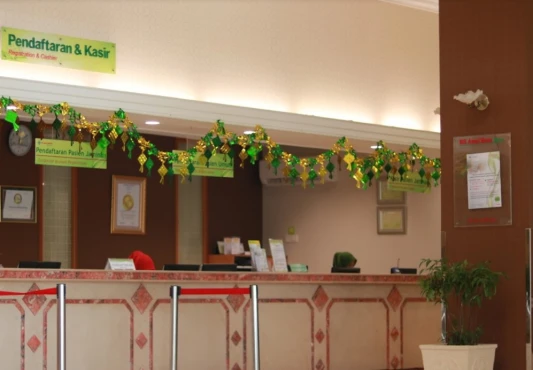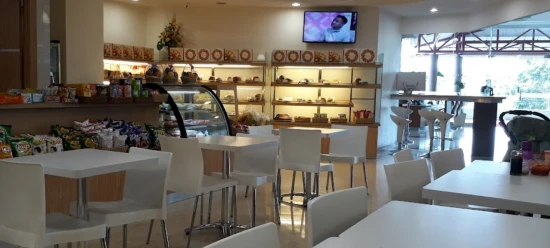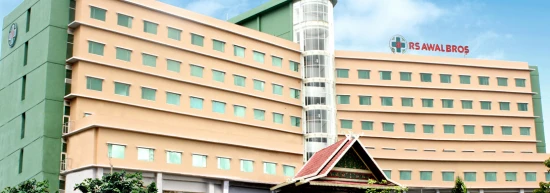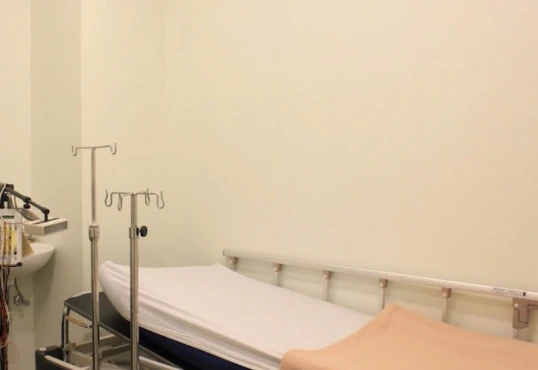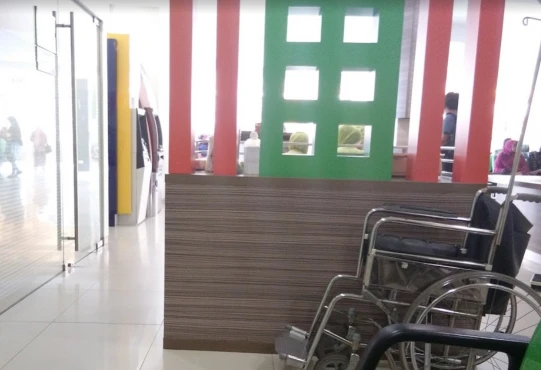Cardiac rehabilitation activity for heart failure and other heart diseases
Cardiac rehabilitation (CR) is a set of measures aimed at the most complete restoration of health, psychological status and working capacity of patients with cardiovascular diseases (CVD). To date, this area has turned into a comprehensive program that takes into account CVD risk factors, provides medical literacy and social support for the patient. Below we will analyze in detail the various aspects of cardiac rehabilitation and some features of heart disease.
How common is the pathology of the heart and blood vessels?
According to the World Health Organization, CVD is the leading cause of death worldwide. At the same time, the vast majority of deaths are associated with acute cerebrovascular accidents (stroke) and myocardial infarction.
Most of the diseases of the heart and blood vessels can be prevented if you follow the principles of a healthy lifestyle: stop using tobacco, fight obesity and choose the right diet, and engage in physical activity.
Individuals who already have CVD or are at high risk of developing it need timely diagnosis and treatment. For them, cardiac rehabilitation programs were developed. As noted earlier, the task of the latter is the fullest possible restoration of health (including psychological), as well as the ability to work with patients.
What does cardiac rehabilitation consist of?
The CR consists of three equally important parts:
- Physical activity and consultations on it. Exercise stimulates the work of the heart and blood vessels, which helps to maintain their health.
- Teaching a healthy heart lifestyle. A key element of cardiac rehabilitation is self-education: the patient must understand how they can manage their risk factors and make choices in favor of a heart-healthy diet.
- Stress reduction therapy to help identify and eliminate everyday sources of emotional discomfort.
According to Sean R. McMahon et al., cardiac rehabilitation consists of three phases.
Phase I refers to work with patients inside the hospital during their hospitalization (including intensive care and resuscitation wards) and is aimed at reducing the length of a person's stay in the hospital.
Phase II includes physical activity under the supervision of a physician and outpatient supervision for four months after discharge. Patients typically complete up to 36 sessions of a gradual exercise program.
After that, patients can move on to phase III, which is a long-term, unsupervised exercise program. Throughout the rehabilitation process, the individual is provided with counseling on nutrition, mental health, and smoking cessation. Also, the attending physician monitors the level of lipids and blood pressure in the patient.
How is сardiac rehabilitation training going?
Workouts typically consist of a short warm-up period followed by supervised individualized aerobic exercise and a short cool-down period. Aerobic exercise consists of 20-60 minute workouts 3-5 days a week at 50-80% of your maximum load capacity. It is believed that high-intensity interval training (HIIT) results in a larger and faster increase in exercise tolerance. However, moderate-intensity exercise contributes to a reduction in overall mortality and readmissions.
What comes before class?
As a general rule, before performing any physical exercise, an initial examination is carried out to check physical abilities, as well as to establish restrictions. Periodic checkups help track progress over time. Also, the patient should not be worried if he has never played sports before. Specialists in a medical institution will select the program that takes place at a comfortable pace and is safe.
Why is physical activity important for patients with CVD?
Many of the benefits of CR are related to exercise. The latter increases maximum oxygen uptake, endurance, and the ability to maintain physical activity for long periods of time. An active lifestyle also has many other potentially beneficial effects, including improved endothelial function, reduced body weight, blood lipids, and blood pressure. It has even been shown that exercise reduces the progression of coronary atherosclerosis in patients with coronary artery disease.
What is rehabilitation’s potential?
This concept includes a set of parameters that serve to determine the indications for cardiac rehabilitation, select the optimal amount of care for the patient, and decide whether to transfer him to other stages of rehabilitation.
Below are four levels of rehabilitation potential.
- High. Individuals in this group need information about healthy lifestyles and the modification of risk factors for heart and vascular disease.
- Medium. The largest group of patients who need CR. The whole range of programs and methods of rehabilitation is applied to them, and very good results of cardiac rehabilitation are achieved.
- Low. In such patients, each stage or phase of rehabilitation is longer than in patients with an average level of rehabilitation potential, and physical activity is less intense and increases with more caution.
- Extremely low. Rehabilitation measures in this group of patients are ineffective and are not usually used. The basis of therapy is the treatment of symptoms of the disease, the reduction of human suffering and the maximum improvement of the quality of life.
It is important to note that in determining the rehabilitation potential, the leading role is played by the degree of the patient's motivation for the upcoming therapy.
An interesting fact is that, along with the usual clinical diagnosis, in cardiac rehabilitation, the patient is also assigned a rehabilitation diagnosis according to the International Classification of Functioning, Disability and Health (ICF).
What diseases require сardiac rehabilitation?
The American Heart Association and the American College of Cardiology consider acute coronary syndrome, percutaneous coronary intervention (PCI), coronary artery bypass grafting (CABG), valve replacement or repair, and chronic heart failure with low ejection fraction as indications for cardiac rehabilitation. In general, CR can be used for any heart disease. Below are some examples of such diseases and other conditions.
Ischemic heart disease (IHD) and myocardial infarction
IHD is the most common diagnosis that is referred to cardiac rehabilitation centers. It has been found that exercise in such patients increases exercise tolerance, reduces the manifestations of angina pectoris, as well as ischemia, reduces the frequency of hospitalization and mortality from CVD.
It is also recommended to refer patients to cardiac rehabilitation after myocardial infarction or coronary revascularization. Acute myocardial infarction (AMI) is a classic indication for this, and the greatest successes of CR have been achieved precisely in the management of patients with this pathology.
Heart failure
Regular exercise benefits patients with heart failure. Cardiac rehabilitation of patients with this disease and implanted electronic devices (such as pacemakers or resynchronization devices) is a unique opportunity not only to optimize treatment, increase exercise tolerance and improve clinical condition, but also to monitor the correct functioning of the device.
Heart transplant
Heart transplant patients make up a small fraction of those referred for cardiac rehabilitation. However, these patients tend to have serious health problems due to severe heart failure prior to heart transplantation, prolonged hospitalization, and side effects of immunological therapy. In addition, heart transplant patients initially experience cardiac denervation, which reduces their physiological response to exercise.
CR also benefits patients after emergency, emergency, or elective PCI, and reduces the rate of heart attacks, readmissions, and mortality after CABG. Such prophylaxis in people with high and very high cardiovascular risk allows:
- increase the patient's literacy in matters of treatment and form a positive attitude towards therapy;
- increase the patient's adherence to both drug and non-drug methods of treatment;
- restore working capacity, improve the quality of life and psycho-emotional status;
- better prevent risk factors, etc.
Cardiac Rehabilitation and Mental Health
CR reduces depression, anxiety and improves the quality of life of cardiac patients. Depression has been shown to be associated with higher mortality.
Thus, cardiac rehabilitation is an important direction in the treatment of a wide range of patients with heart disease. The rationality of its use is confirmed by a large number of scientific publications that demonstrate an improvement in the state of the cardiopulmonary system, psychological factors and quality of life, as well as a decrease in morbidity and mortality in patients with CVD. CR is also an excellent strategy for reducing readmissions.
References:
- McMahon, S. R., Ades, P. A., & Thompson, P. D. (2017). The role of cardiac rehabilitation in patients with heart disease. Trends in cardiovascular medicine, 27(6), 420–425.
- Iliou, M. C., Blanchard, J. C., Lamar-Tanguy, A., Cristofini, P., & Ledru, F. (2016). Cardiac rehabilitation in patients with pacemakers and implantable cardioverter defibrillators. Monaldi archives for chest disease = Archivio Monaldi per le malattie del torace, 86(1-2), 756.
- Bubnova M.G., Aronov D.M. Cardiorehabilitation: stages, principles and international classification of functioning (ICF). Preventive medicine. 2020;23(5):40–49.
- Cardiorehabilitation and secondary prevention / ed. D. M. Aronova. - Moscow: GEOTAR-Media, 2021. -DOI: 10.33029/9704-6218-8-CAR-2021-1-464. - ISBN 978-5-9704-6218-8.
